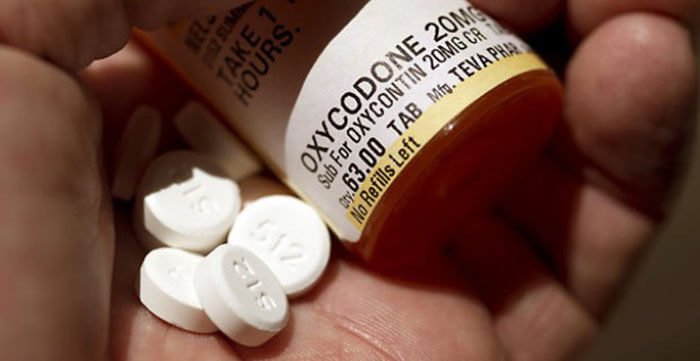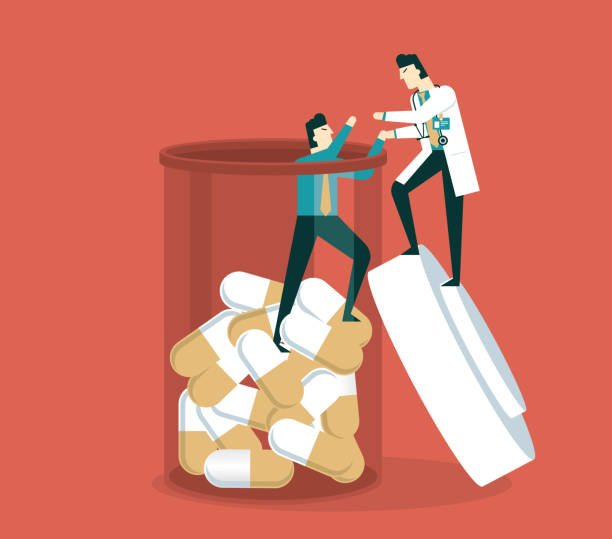
Introduction to Oxycodone
Oxycodone is a potent opioid medication commonly prescribed to manage moderate to severe pain. As a synthetic opioid, it is similar to other drugs like morphine and heroin. Despite its effectiveness in pain relief, oxycodone carries a high risk of addiction and various side effects, making its use a subject of significant medical and public concern.
Effects and Side Effects of Oxycodone
Positive Effects
When taken as prescribed, oxycodone can provide significant relief from chronic pain conditions, post-surgical pain, and severe injury-related pain. Its efficacy in pain management makes it a valuable tool for patients needing intensive pain control.

Side Effects
Like other opioid medications, oxycodone has numerous side effects, including:
- Drowsiness and sedation
- Nausea and vomiting
- Constipation
- Dizziness
- Respiratory depression, which can be life-threatening in high doses
Long-term use or abuse of oxycodone can lead to tolerance, physical dependence, and addiction. Users may experience withdrawal symptoms if they abruptly stop taking the medication.
Addiction Treatment
Recognizing Addiction
Signs of oxycodone addiction include craving the drug, loss of control over its use, and continued use despite harmful consequences. Behavioral changes, such as neglecting responsibilities and social withdrawal, are also common indicators.
Treatment Options

Treating oxycodone addiction typically involves a combination of medication-assisted treatment (MAT) and behavioral therapies. Common medications used in MAT include:
- Methadone
- Buprenorphine
- Naltrexone
Behavioral therapies such as cognitive-behavioral therapy (CBT) and contingency management help address the psychological aspects of addiction. Rehabilitation programs, whether inpatient or outpatient, provide structured support and medical supervision to aid recovery.
Conclusion

Oxycodone is a powerful opioid medication that can effectively manage severe pain but comes with significant risks. Understanding its effects, potential for addiction, and the available treatment options is crucial for anyone using this medication or dealing with opioid dependency. With the right support and resources, individuals struggling with oxycodone addiction can achieve recovery and regain control of their lives.
Comments